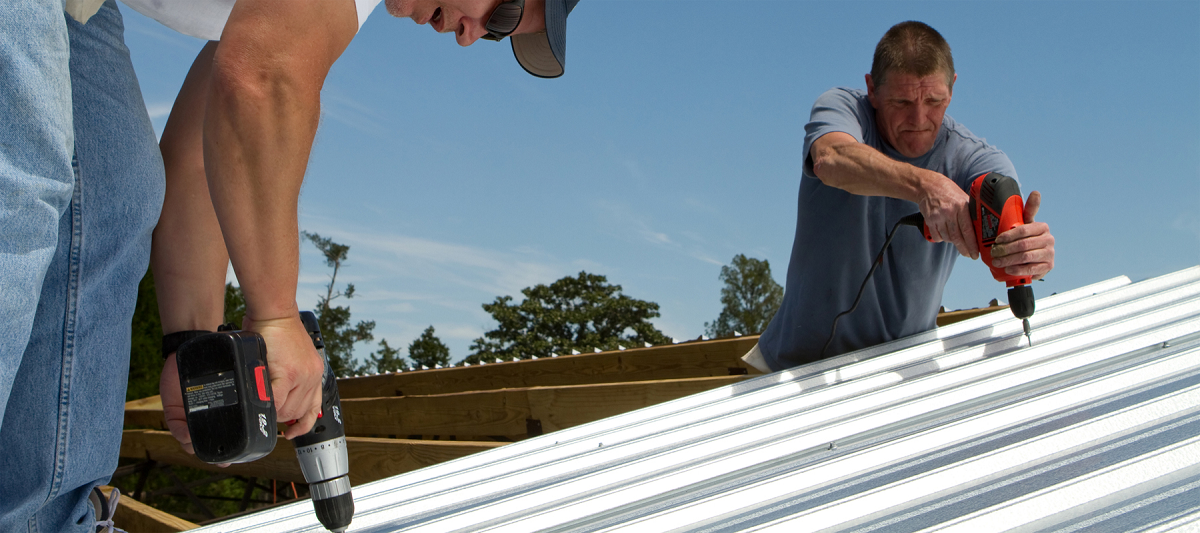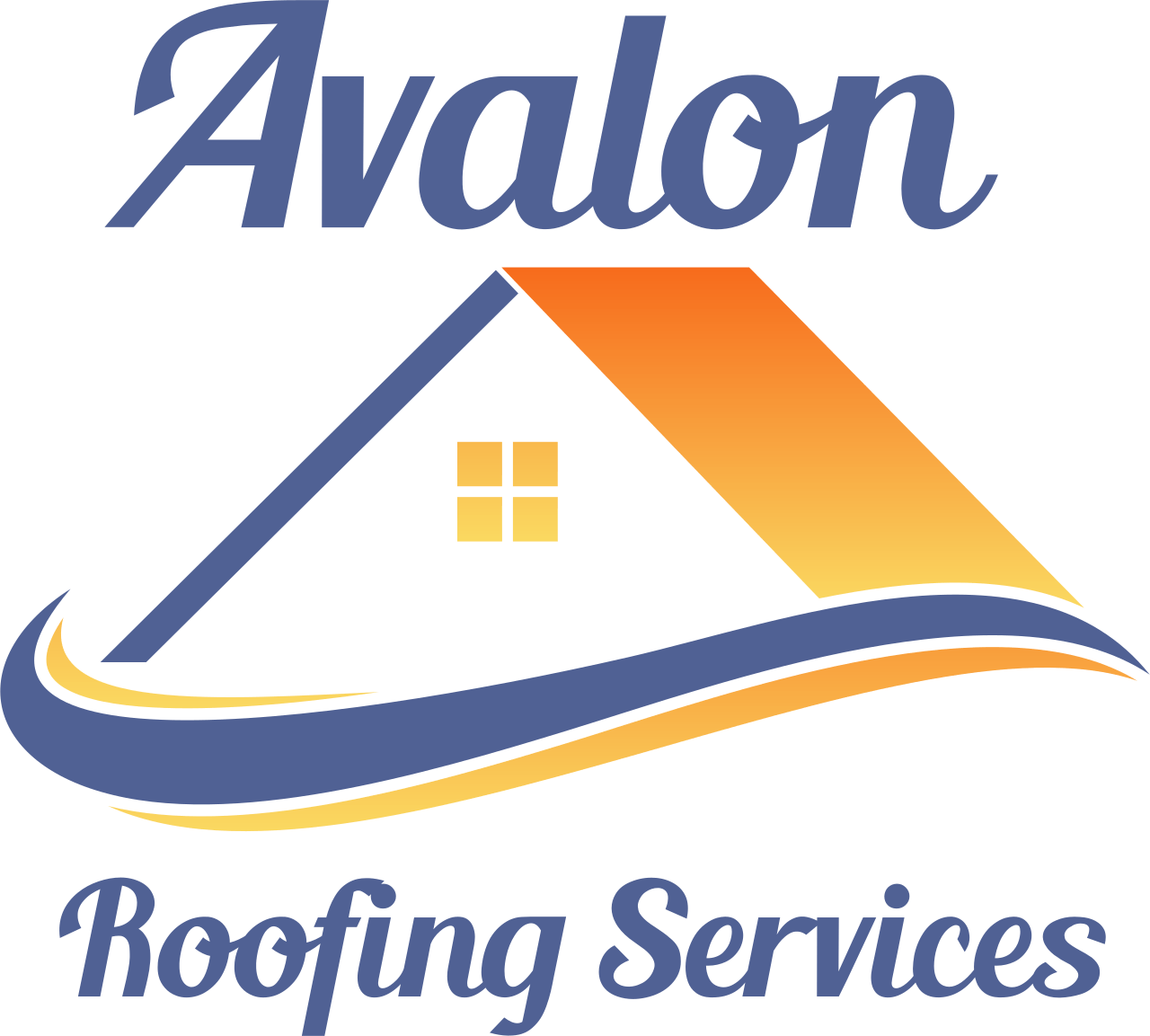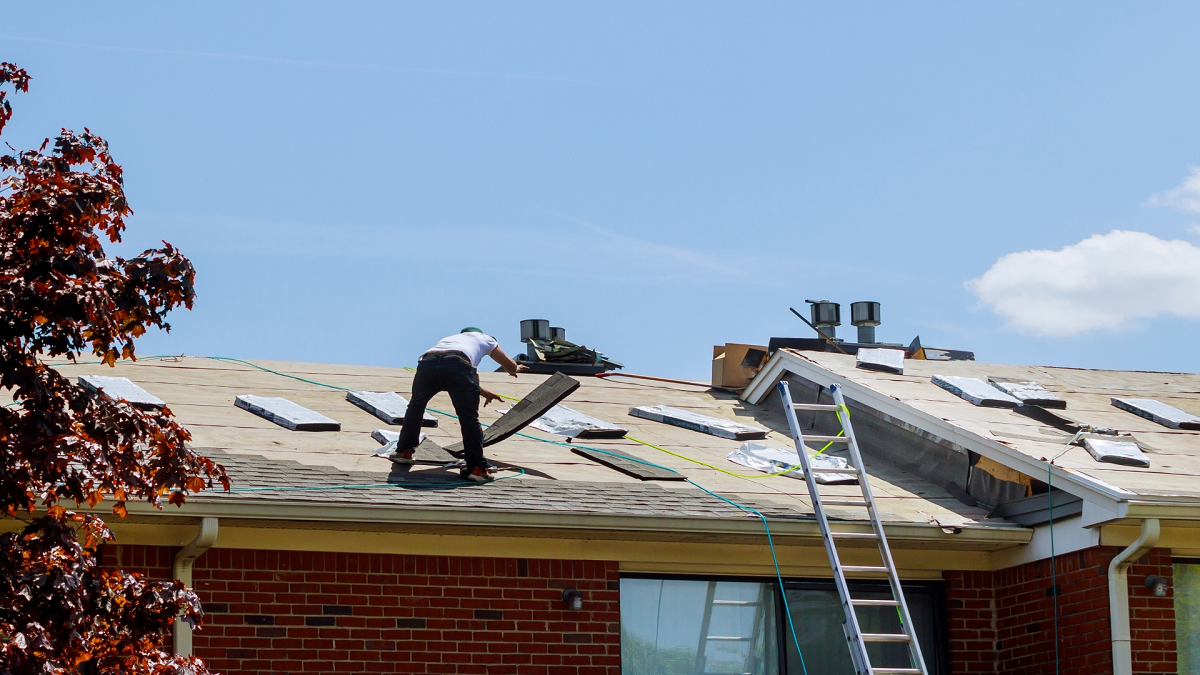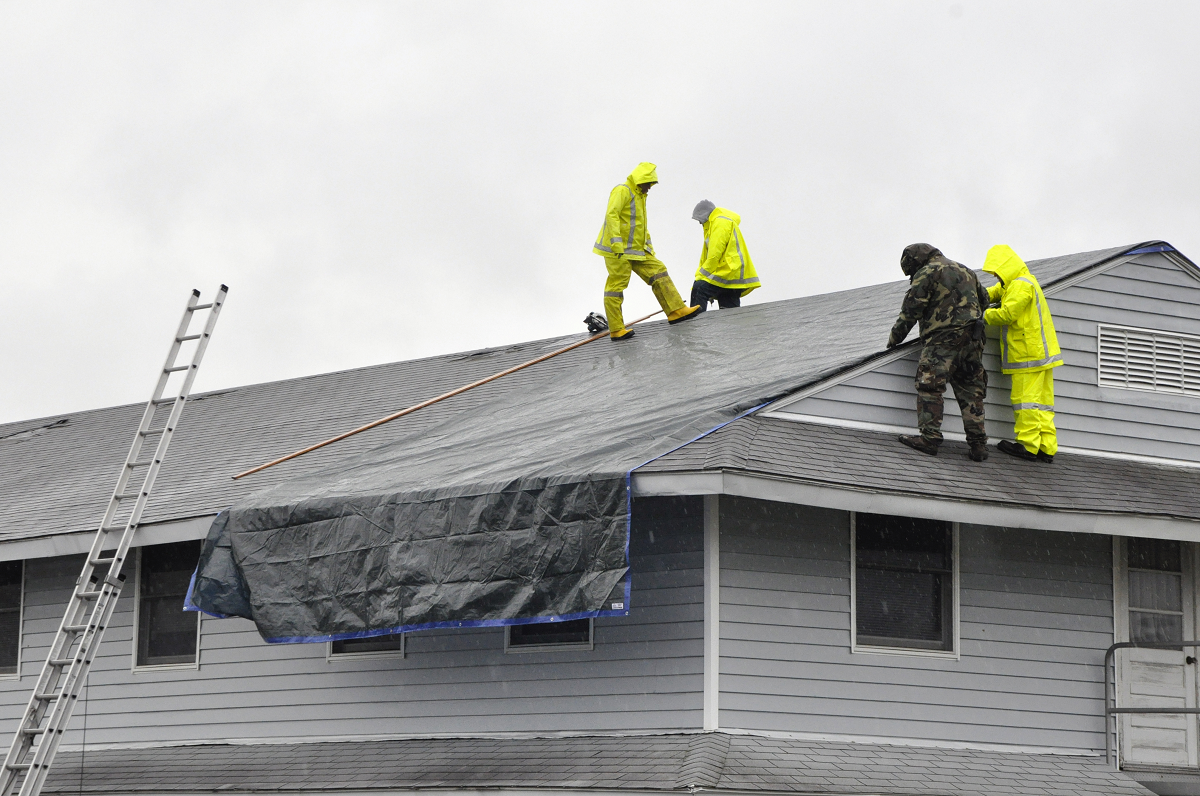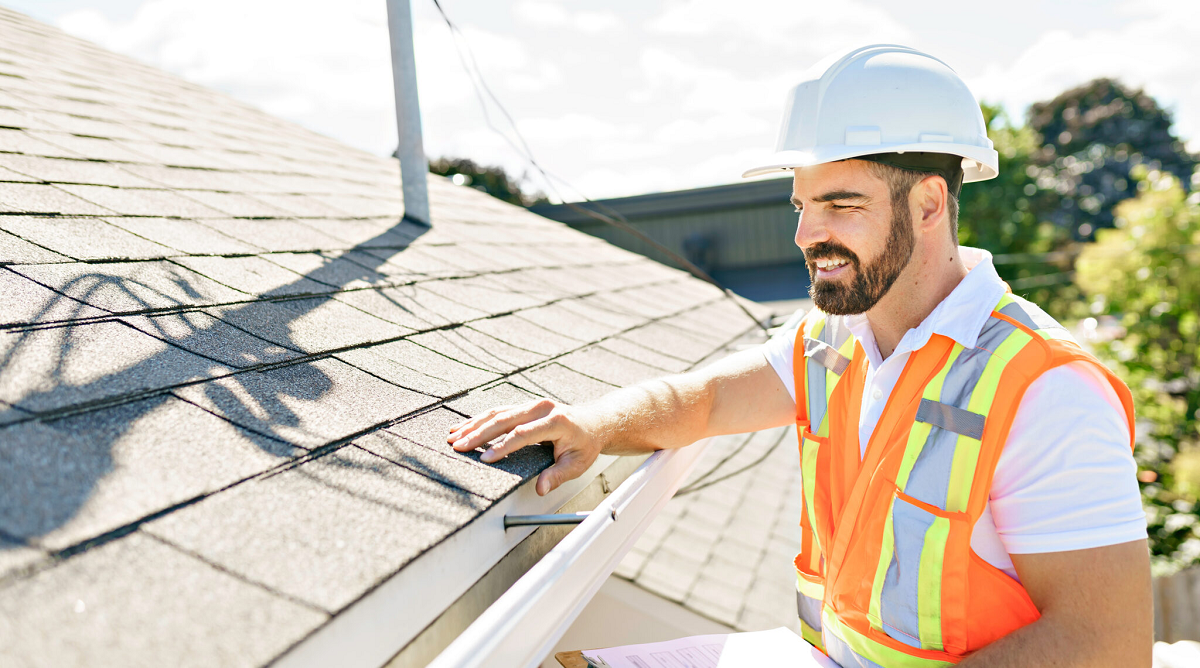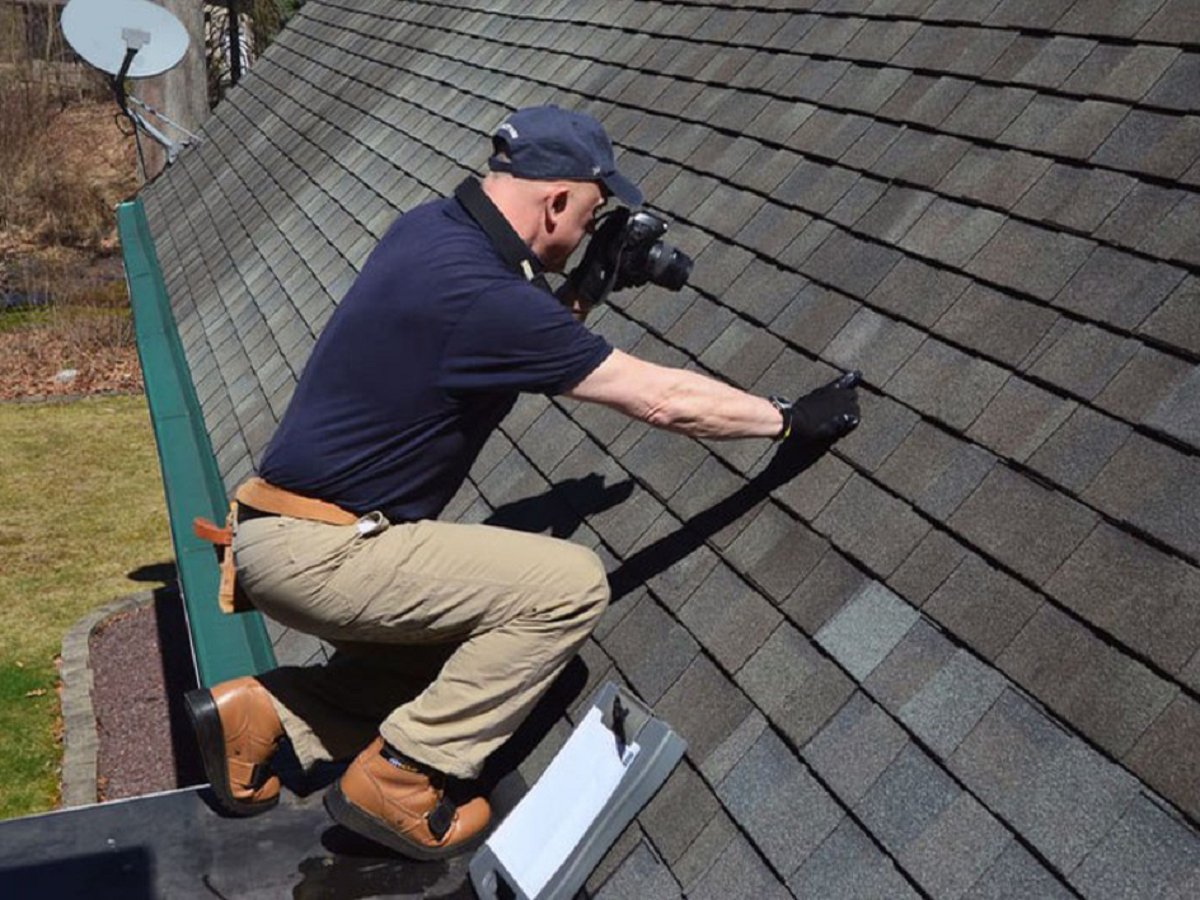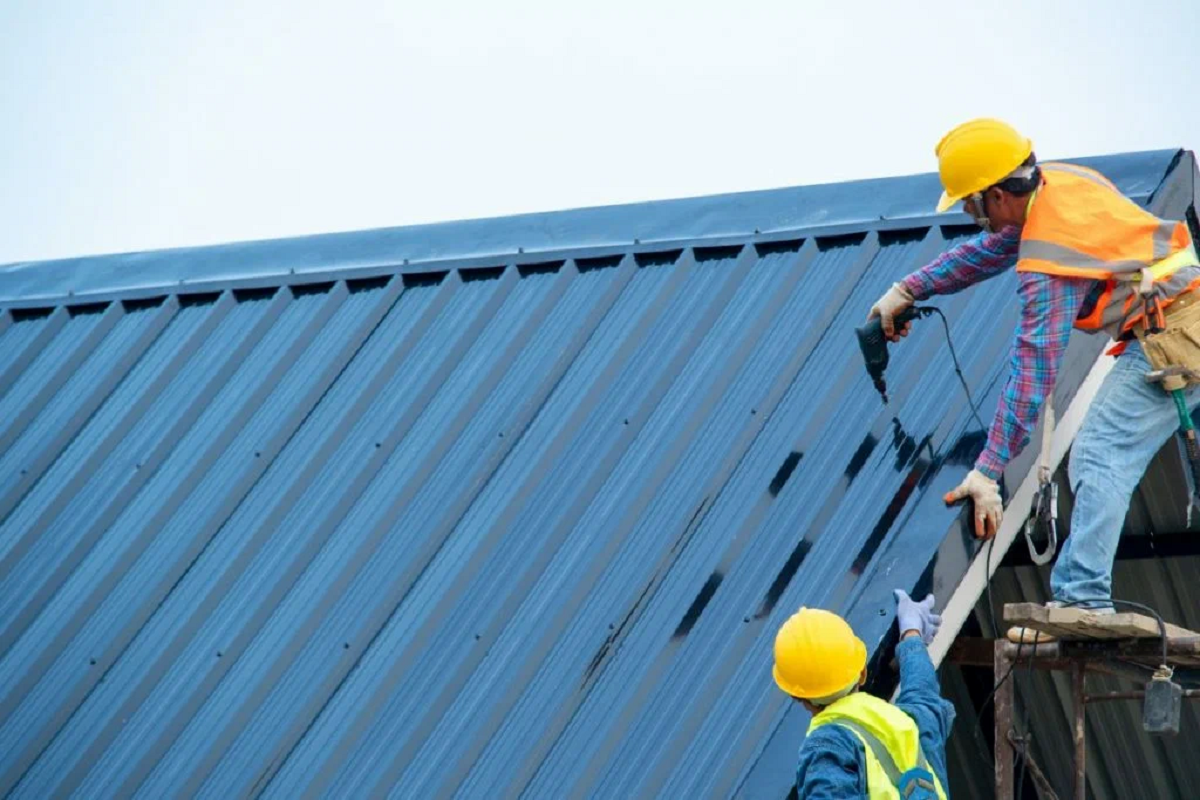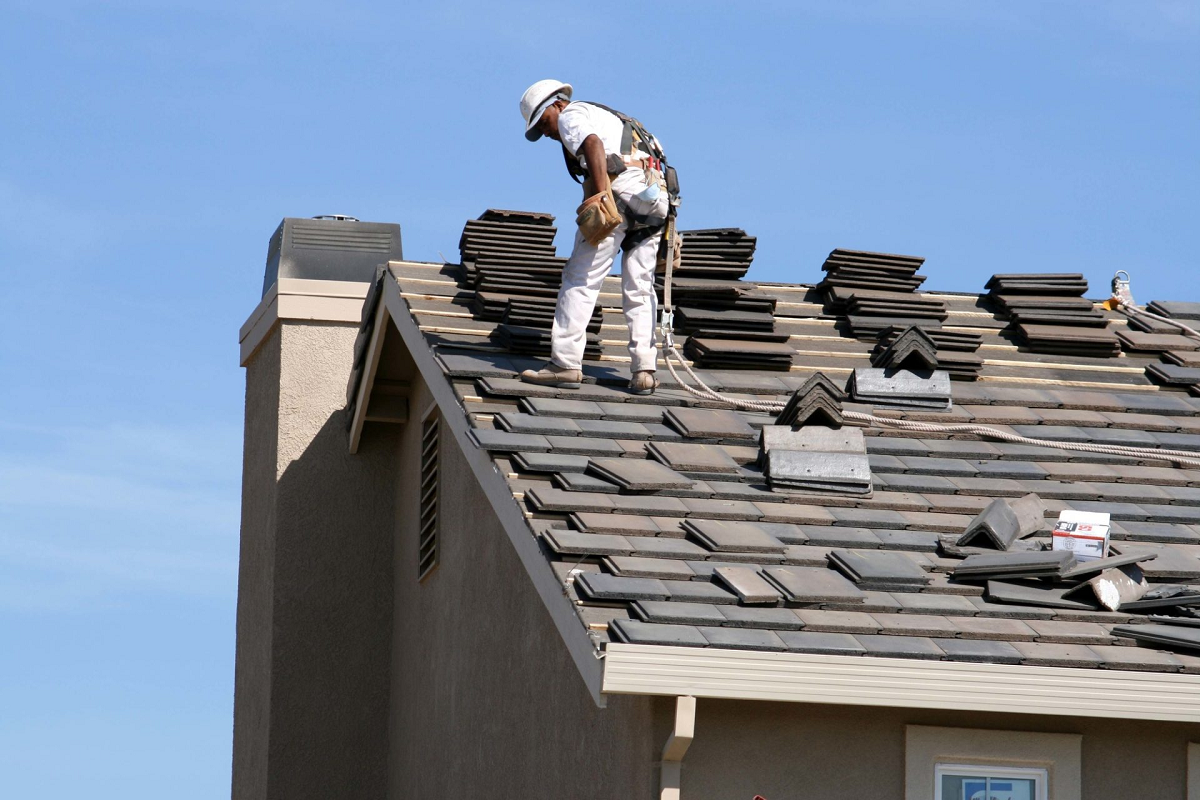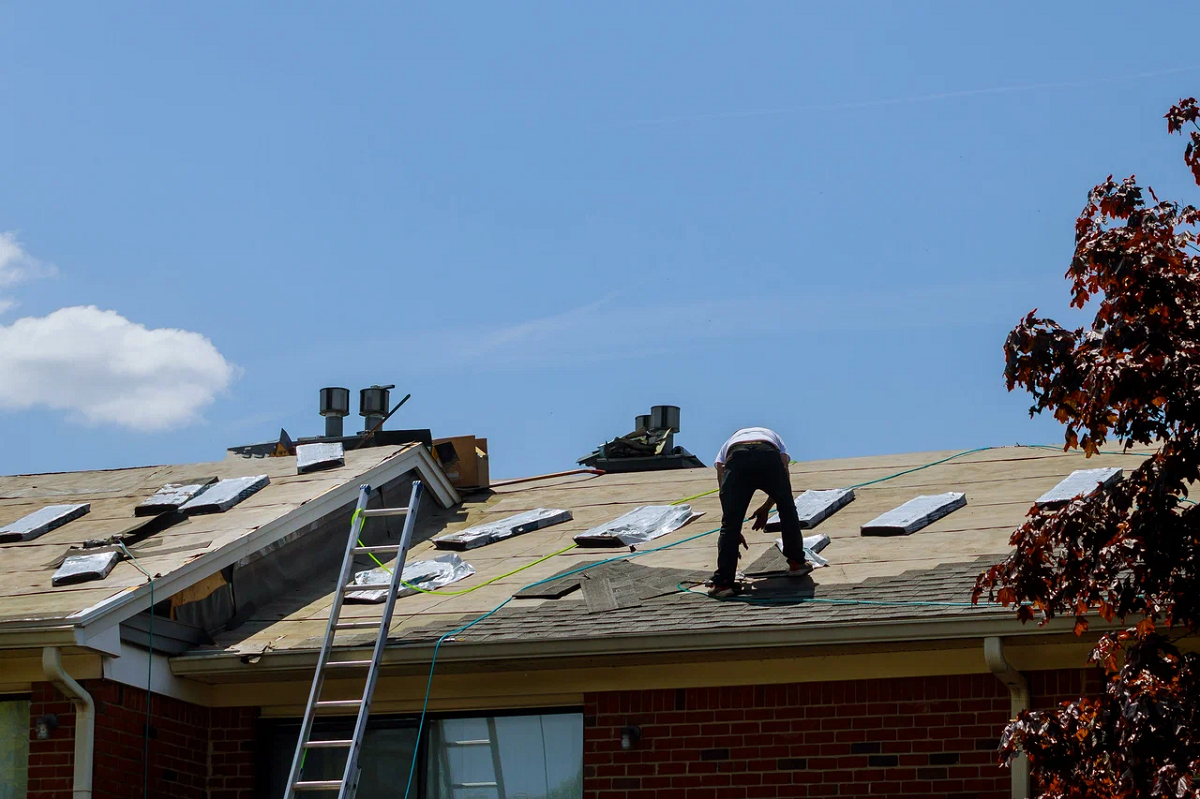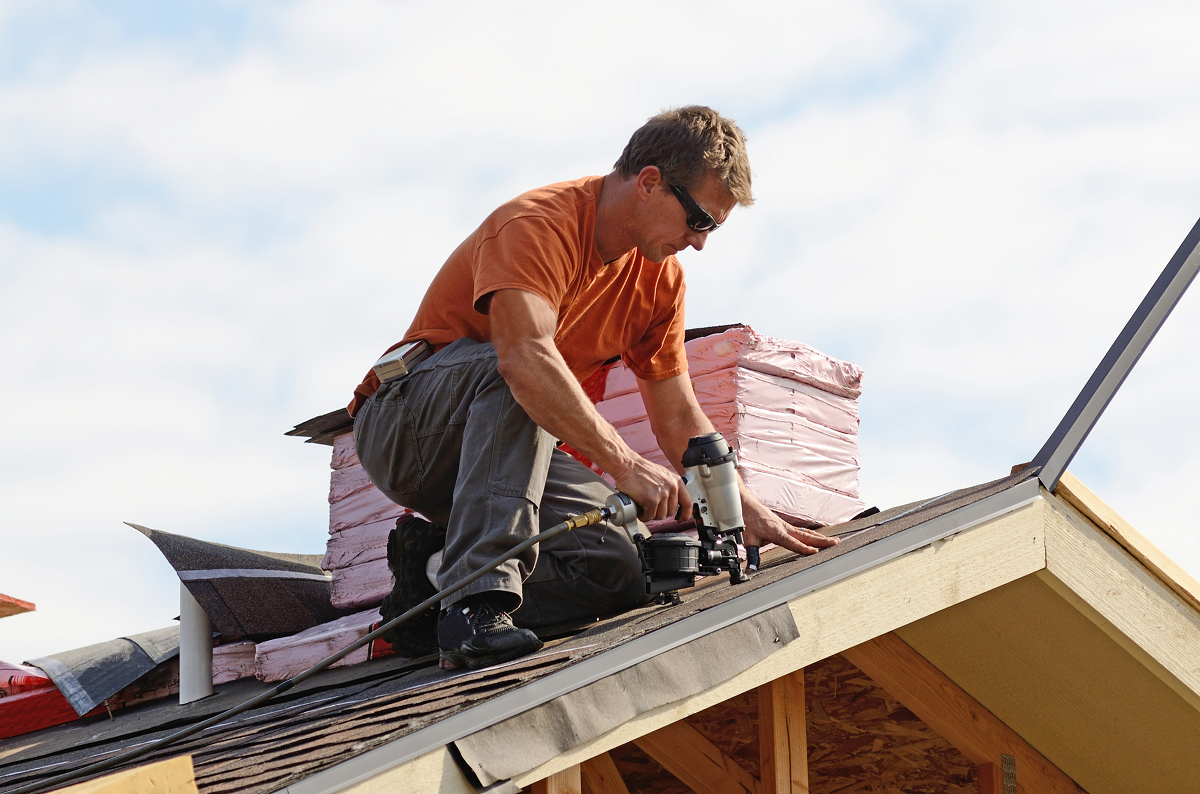Roofing Material Considerations for Solar Panel Installation
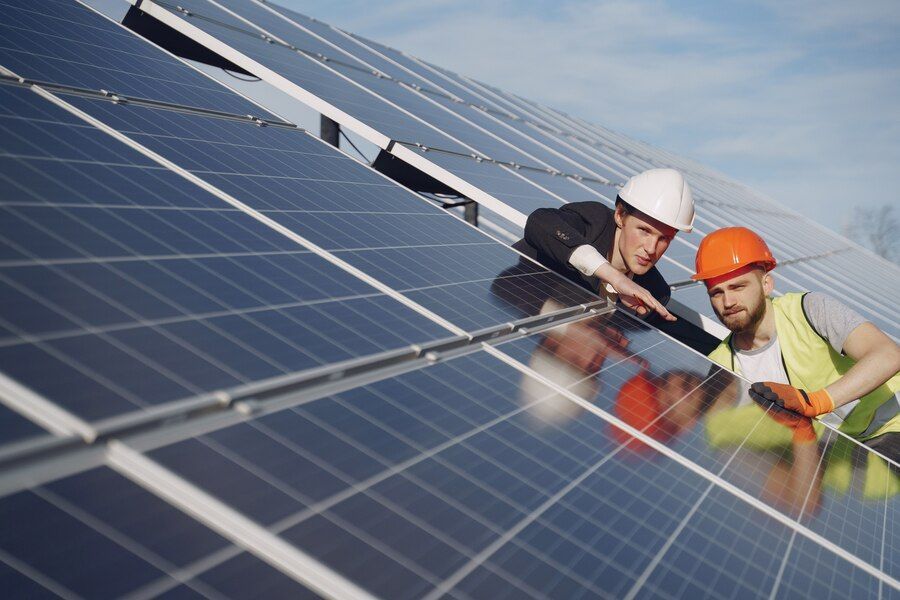
When it comes to integrating solar panels into your home or building, one critical factor often overlooked is the choice of roofing material. The surface upon which solar panels are installed plays a significant role in the efficiency, durability, and longevity of your solar energy system.
Selecting the right roofing material can impact not only the performance of your solar panels but also the overall aesthetics and structural integrity of your property. From traditional asphalt shingles to metal roofing and clay tiles, each material offers unique advantages and challenges for solar panel installation.
Understanding these considerations is essential for homeowners and businesses seeking to harness the power of solar energy while ensuring their roof can support and complement this sustainable technology. In this blog post, we'll delve into the key factors to consider when choosing roofing materials for solar panel installation, helping you make informed decisions for a successful solar integration project.
Structural Integrity: Assessing Roof Strength and Load-Bearing Capacity
Before embarking on a solar panel installation project, it's crucial to evaluate the structural integrity of your roof. The roof must be capable of supporting the additional weight of solar panels, racking systems, and any potential snow or wind loads. Consulting with a structural engineer or roofing specialist can help determine if reinforcements are necessary to ensure safety and longevity.
Factors such as the age of the roof, existing damage, and the materials used in its construction all play a role in assessing its load-bearing capacity. Ignoring these considerations can lead to costly repairs or even structural failure, jeopardizing both the solar panel system and the integrity of the building.
Compatibility with Solar Mounting Systems: Factors to Consider
Selecting the right mounting system for your solar panels is essential for optimal performance and longevity. Different roofing materials require specific mounting solutions to ensure proper attachment and stability.
Factors such as the roof's pitch, material, and exposure to environmental elements must be taken into account when choosing a mounting system. For example, tile roofs may need special hooks or brackets, while flat roofs may require ballasted racking systems. Additionally, considering future maintenance and accessibility for inspections can influence the choice of mounting system.
By carefully assessing these factors, you can ensure compatibility between your roofing material and solar mounting system, maximizing the efficiency and lifespan of your solar energy system.
Longevity and Durability: Choosing Roofing Materials for Sustainability
When selecting roofing materials for solar panel installation, longevity and durability are paramount. The chosen material should be able to withstand the rigors of weather and time while providing a stable foundation for the solar array.
Materials such as asphalt shingles, metal roofing, and clay tiles each offer varying degrees of durability and lifespan. Asphalt shingles, while cost-effective, may have a shorter lifespan compared to metal or tile roofs, which can last decades with proper maintenance. Additionally, considering the environmental impact of roofing materials is essential for long-term sustainability.
Opting for durable materials with high recyclability can reduce the need for frequent replacements, minimizing waste and environmental footprint over time. By prioritizing longevity and durability in roofing material selection, you can ensure the longevity and efficiency of your solar panel system.
Weight Considerations: Impact on Roof Stability and Support
Weight considerations are crucial when planning for solar panel installation, as the added weight can significantly impact the stability and support of your roof. Here's what you need to know:
- Roof Structural Integrity: Ensure your roof can support the additional weight of solar panels and mounting equipment without compromising its stability.
- Material Selection: Consider the weight of different roofing materials and choose one that can adequately support the solar array.
- Reinforcement Needs: Older or weaker roofs may require reinforcement to handle the extra load, preventing issues like sagging or collapse.
- Climate Factors: Account for local climate conditions such as snow accumulation and high winds, which can further stress the roof's structural integrity.
- Professional Consultation: Seek advice from roofing professionals and engineers to assess your roof's capacity and determine any necessary reinforcements or modifications.
When it comes to weight considerations for solar panel installation, prioritizing roof stability and support is essential for ensuring the long-term durability and safety of your solar energy system.
By carefully evaluating your roof's capacity, selecting appropriate materials, and seeking expert guidance, you can confidently move forward with your solar project while safeguarding your property against structural issues.
Temperature Resistance: Effects on Solar Panel Performance and Roof Lifespan
Temperature fluctuations affect solar panel performance and roofing materials lifespan. High temperatures decrease solar panel efficiency, potentially causing overheating, while extreme cold affects certain panel types' flexibility, especially rigid crystalline silicon cells.
Roofing materials expand, contract, crack, warp, or degrade with temperature changes. Opting for materials with high thermal stability and resistance to extremes prolongs both roof and solar panel lifespans.
dequate ventilation and insulation regulate temperature, ensuring optimal performance and system durability. Considering temperature resistance in material and system design maximizes solar investment efficiency and longevity.
Roof Slope and Orientation: Optimization for Solar Energy Harvesting
The slope and orientation of your roof are crucial for maximizing solar energy efficiency. Ideally, panels should face south with minimal shading throughout the day to capture maximum sunlight. However, different orientations or slopes can still work with proper adjustments. East or west-facing roofs may suffice based on climate and energy patterns.
Adjusting panel tilt optimizes energy production as per seasonal sun positions. Also, considering roof slope aids rainwater runoff and prevents debris buildup, impacting panel performance and roof maintenance. By assessing roof slope and orientation, homeowners enhance solar potential and overall system efficiency.
Material Costs and ROI: Balancing Initial Investment with Long-Term Savings
Investing in a solar panel system is a significant financial decision, and choosing the right roofing material can impact both upfront costs and long-term savings. While certain roofing materials may have a lower initial cost, they may require more frequent maintenance or have a shorter lifespan, increasing overall ownership expenses.
Conversely, higher-quality materials such as metal or tile roofing may have a higher upfront investment but offer greater durability and energy efficiency, resulting in lower long-term costs. Additionally, factoring in available incentives, tax credits, and energy savings can improve the return on investment (ROI) of a solar panel installation.
By carefully weighing material costs against expected energy savings and maintenance expenses, homeowners can make informed decisions that maximize the financial benefits of solar energy while ensuring the durability and efficiency of their roofing system.
Maintenance Requirements: Understanding the Care Needs of Different Roofing Materials
Understanding the maintenance needs of different roofing materials is crucial for preserving the longevity and performance of your roof. Here's what you need to know:
- Inspect for Damage: Regularly inspect your roof for signs of damage, such as cracked or missing shingles, rust spots on metal roofs, or signs of water leakage.
- Clean Gutters: Keep gutters clear of debris to prevent water backup and potential water damage to your roof.
- Trim Overhanging Branches: Trim back any tree branches that hang over your roof to prevent damage from falling limbs and debris.
- Remove Debris: Remove leaves, twigs, and other debris from the roof surface to prevent moisture buildup and potential roof damage.
- Schedule Professional Inspections: Schedule periodic inspections by a qualified roofing contractor to identify any potential issues early and address them promptly.
Regular maintenance ensures your roof and solar panels remain in top condition. By adhering to these tasks, you protect your investment and enjoy clean, renewable energy for years to come.
Environmental Impact: Evaluating the Green Credentials of Roofing Choices
In an era of increasing environmental consciousness, evaluating the green credentials of roofing materials is becoming increasingly important for homeowners. Traditional roofing materials such as asphalt shingles contribute to landfill waste and rely on finite natural resources for production.
In contrast, eco-friendly options such as recycled metal, clay tiles, or sustainable wood shakes offer a more environmentally responsible alternative with lower carbon footprints. Additionally, some roofing materials may have coatings or treatments that contain harmful chemicals or volatile organic compounds (VOCs), which can pose health risks and contribute to air and water pollution.
By choosing roofing materials with high recyclability, low embodied energy, and minimal environmental impact, homeowners can reduce their ecological footprint and contribute to a more sustainable future. Moreover, integrating solar panels further enhances the environmental benefits by generating clean, renewable energy and reducing reliance on fossil fuels.
Aesthetic Considerations: Harmonizing Solar Panels with Roof Design and Style
While the primary function of solar panels is to generate renewable energy, considering their aesthetic integration with the roof design and overall architectural style is also important for many homeowners. Solar panels come in various sizes, shapes, and colors, allowing for customization to complement different roofing materials and designs.
For example, sleek black panels may blend seamlessly with dark asphalt shingles, while frameless glass panels can provide a modern and elegant appearance on metal or flat roofs. Integrating solar panels into the roof design from the outset, rather than adding them as an afterthought, can create a cohesive and visually appealing aesthetic.
Additionally, exploring innovative mounting options such as building-integrated photovoltaics (BIPV) or solar tiles can further enhance the aesthetic appeal by seamlessly integrating solar technology into the roof itself. By prioritizing aesthetic considerations alongside performance and sustainability, homeowners can achieve a harmonious balance between function and form, enhancing the curb appeal and value of their property while harnessing the power of solar energy.
The decision to install solar panels involves considering multiple factors: structural integrity, compatibility with mounting systems, longevity of roofing materials, weight, temperature resistance, roof slope, cost, maintenance, environmental impact, and aesthetics. With over 30 years of experience, Avalon Roofing Services in Manteca is a trusted, BBB-accredited roofing contractor (CA. LIC#: 1075996). We prioritize your investment, home, and family's safety.
Contact us at (209) 380-1275 or email contact@avalonroofing209.com for expert assistance. Let us help you seamlessly integrate solar energy while ensuring your roof's durability. Make the switch to solar with confidence and join us in building a sustainable future.
